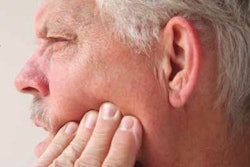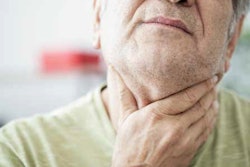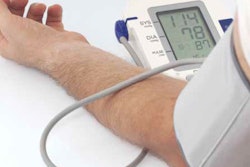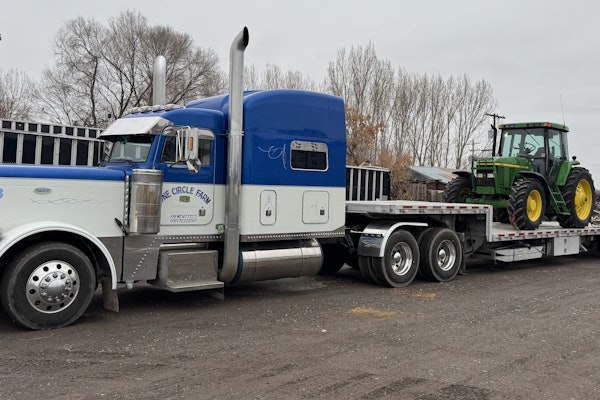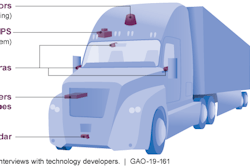 Back and neck pain can be helped by keeping good driving posture and avoiding hunching over the steering wheel.
Back and neck pain can be helped by keeping good driving posture and avoiding hunching over the steering wheel.Whether your muscles are getting jostled driving down the road or you’re straining them throwing tarps, there’s no shortage of ways to injure your neck and back as a truck driver.
Fortunately, some of the common injuries from over-stressing can be addressed with good preventive practices and simple stretches.
POSTURE: Slouching over the wheel can contribute to back and neck pain. Avoid poking your neck forward and rounding your shoulders, a habit that can creep in after hours of driving. While driving, don’t keep a wallet or phone in a rear pocket, a practice that can throw the spine out of alignment.
The Cleveland Clinic defines good sitting posture as keeping your back straight, your shoulders back and your rear touching the back of your chair. Body weight should be distributed evenly between your hips. Your back should keep its normal curves.
To improve your driving posture, you may need to adjust your seat. A custom seat is ideal for fine-tuning a position to match your body size, but you still can get good support without buying an expensive seat.
At the proper seat height, your feet will rest flat when not extended to a pedal, and your thighs and calves should be at a 90-degree angle. If your seat lacks good lumbar support, use a rolled towel, small pillow or other cushioning for the lower back. Some drivers find placing similar support behind the neck to be helpful.

Frequent and excessive road vibrations also can lead to back and neck pain. If your truck’s shock absorption system is functioning well and you still feel bothered by rough rides, consider a custom seat with special shock absorption.
MUSCLE STRAIN: Loading, unloading and tarping are among other on-the-job activities that can cause neck and back problems.
When lifting a low object, keep your back straight. Bend at your knees and hips, using your leg muscles, not your back, to lift. Never bend forward at your waist and use your back to lift a heavy object.
Arrange your truck’s workspace so that anything needed while driving does not require rotating your neck.
To further protect your neck, avoid talking on the phone with the device pressed between your ear and shoulder for an extended period. “Text neck,” or neck pain caused by looking down at a cell phone, is a common form of neck strain. It can be avoided easily by bringing your phone to eye level.
TREATMENT: Strengthening the muscles in your neck, shoulders and back can help reduce your risk of injury as well as treat problems that aren’t serious. The North American Spine Society recommends neck stretches, shoulder rolls and other basic stretches and exercises.
Some neck and back pain can be alleviated with a cold-to-hot compress approach. The Mayfield Brain & Spine Clinic recommends the standard “ice for 48 hours, then heat” rule.
That’s because while ice impedes inflammation and treats local pain, it doesn’t have the same effect after 48 hours. After that point, switch to heat, which will help increase blood flow to the affected area and relax the muscles. Don’t overuse the affected muscles as they heal.
Over-the-counter products such as anti-inflammatory pills or pain-relieving creams may provide momentary relief.
Chronic neck and back pain might warrant a visit to a general physician, orthopedist, back specialist or chiropractor for an accurate diagnosis and treatment plan.

